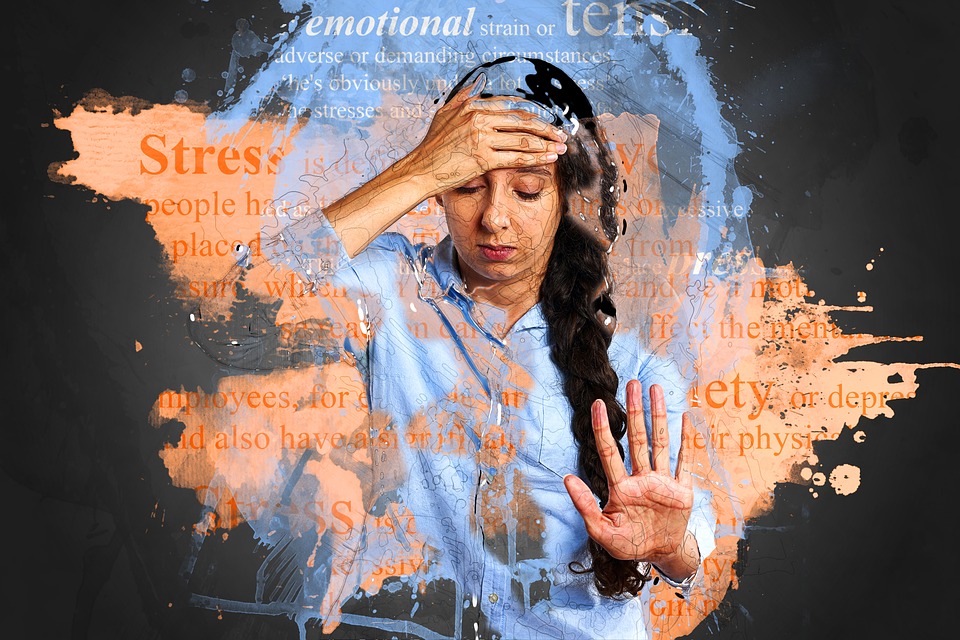Anxiety is a frequent co-occurring (comorbid) problem for children and youth with autism spectrum disorder (ASD). Although prevalence rates vary from 11% to 84%, most studies indicate that approximately one-half of children with ASD meet criteria for at least one anxiety disorder. Moreover, rates of anxiety are reportedly higher than those in children with language disorders, conduct disorder, or in clinically anxious typically developing children.
Despite promising advances in the research and practice literature, our understanding of the prevalence, phenomenology and treatment of anxiety in ASD remains somewhat limited. Importantly, there is a paucity of information on the difference between ASD and non-ASD populations in regards to the manifestation of anxiety symptoms. Understanding more about the factors triggering and maintaining anxiety in ASD, and how children with ASD and their families experience, think and speak about anxiety, could inform the development and implementation of autism-specific interventions for anxiety in this population.
An exploratory study published in the journal Autism reported on a series of 5 focus groups with parents of children and adolescents with ASD and anxiety as a first step in identifying the triggers, behavioral signs and cognitive processes associated with anxiety. Seventeen mothers of 19 children with a diagnosis of ASD participated in the focus groups. All children (12 boys and 7 girls) had received ASD diagnoses from local clinical services and were reported to experience significant levels of anxiety that had an impact on their functioning.
Read the whole article here.
